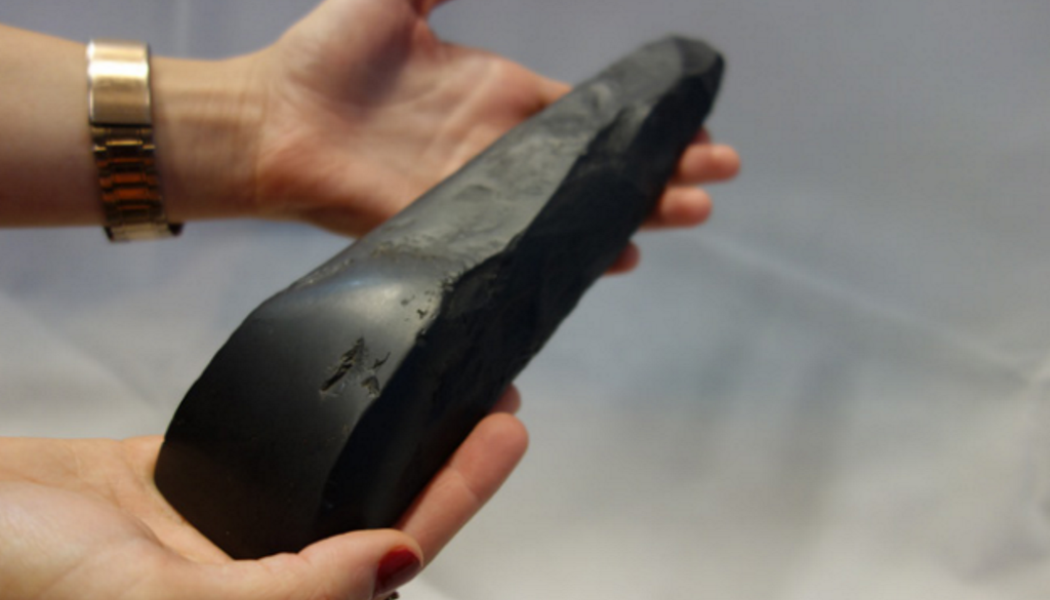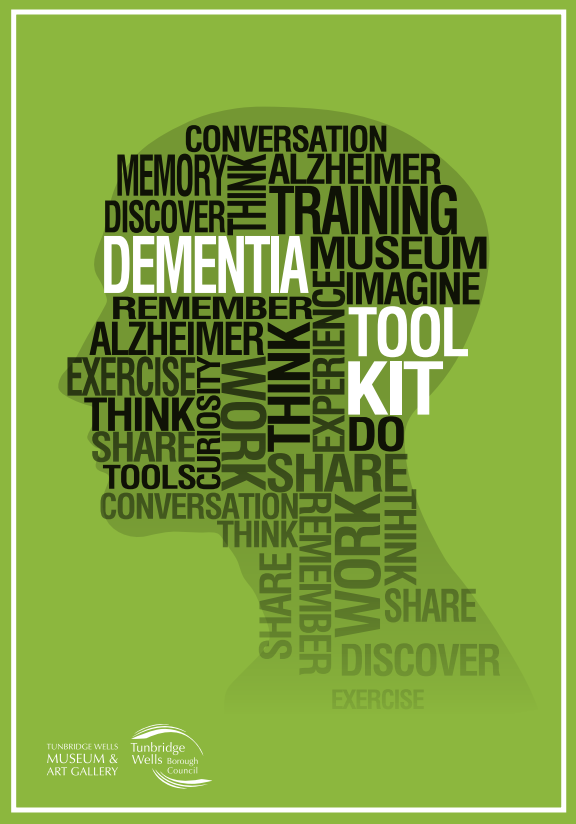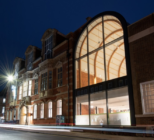The Dementia Toolkit is based on a two-year research project led by Canterbury Christ Church University in collaboration with Tunbridge Wells Museum and Art Gallery and the Alzheimer’s Society in West Kent. The project was funded by the University and the toolkit’s design and printing costs were funded by the Museum Development Science Programme.
Its aim is to promote the important roles museums play in the mental health and wellbeing of their communities with projects such as this being encouraged by the Prime Minister’s 2014 Challenge on Dementia. The statistics from Alzheimer’s Research UK say that dementia costs the UK £23.6bn a year and 850,000 people in the UK are living with the decease. This is estimated to rise to 1m by 2025.
It is hoped the toolkit will benefit museums such as the 257 museums that are currently working with the National Accreditation Scheme in the South East, more than half of which are independent volunteer run organisations, with a low cost engagement strategy.
The research project, which the toolkit is a result of, was treated as a clinical study, engaging with 70 people on monthly visits over a two year period. The team worked directly with people living with dementia and Alzheimer’s Society workers. But instead of working with them on their past memories, the project focused on new learning by introducing a range of objects from the museum’s collection including a tiger’s skull, a Victorian boot warmer and an Egyptian mummy.
Our research found that for people with early and middle stage dementia there were marked and measurable increases in wellbeing. This project could work with anybody and in any museum, and therein lies its strength
“Generally in the museums and heritage world we go to the reminiscence model ‘do you remember things?’ that’s the standard,” says the museum’s audience development manager, Jeremy Kimmel who wrote the toolkit. “I came into this project knowing little about the decease and built up a knowledge through training with Alzheimer’s Society and the university. After some discussion we asked ‘why are we asking people to use their memories when their decease is impairing this?’”
So the museum team ‘threw out the reminiscence model’ and started from scratch. They then decided to set out their work around new learning, taking new objects never seen before and learning something new rather than something old. They found that the participants were more energized than they would have been trying to remember things, which produced better results for their wellbeing. The promotion of wellbeing was deemed to be the backbone of the project and forms a large part of the toolkit. Kimmel says that wellbeing in people living with dementia and other illnesses where there are cognitive, behavioural and emotional challenges is often difficult to determine. But he says that it is, nonetheless, important to consider how we can as a larger society help to support and enhance the wellbeing of those living with dementia and the people who care for and help support them.
As part of the research project the museum team wanted to find out how people felt just before participating in the object handling groups and how they felt immediately after participating. This informed them if the groups were effective at enhancing a sense of wellbeing during the activity. They used visual analogue scales to show the results and measure the subjective experience of each participant.
The five individual scores of wellbeing (Well, Happy, Interested, Confident, Optimistic) were averaged to obtain an overall score ranging from 0 to 100. Participants largely showed a marked and statistically significant positive change in overall wellbeing scores following the intervention. People with both early stage and moderate dementia showed positive increases, regardless of the type of dementia but those with early stage dementia showed larger positive increases in wellbeing. The results show that most people with early to middle stage dementia will experience a positive wellbeing impact from handling museum objects in a supportive group environment, either at a museum or at a day care centre. Future research will look at people with more severe dementia living in care homes to see if this type of activity might be helpful to them.
“To see these people so keen was very encouraging and every time they come to the museum they are more confident and happy about being there,” says Kimmel. “We used objects from the museum of a nature that people wouldn’t have seen before. I think it’s very important that we all try to be as welcoming and inclusive as possible.”
The toolkit first of all sets out an introduction to dementia and then provides a guide for launching a dementia project in a museum. Questions such as ‘What to do before you start?’ are put forward with recommendations to contact the local Alzheimer’s Society as well as get an understanding of the decease.
There are also pointers on how a session should work, for example starting meetings at the Alzheimer’s Society’s premises and then, after a few weeks, transferring to the museum. Following a clear introduction explaining exactly what the project is all about, the next stage is to perform a well-being evaluation before introducing the museum objects to the participants. It is suggested that questions are then asked to engage the participants such as: ‘how does the object make you feel’ or ‘what do you think it is?’ Then it is recommended that the object be passed around the group so that they can feel it before being told exactly what it is. Finally another wellbeing evaluation should be completed.
“Our research found that for people with early and middle stage dementia there were marked and measurable increases in wellbeing [during the project], and that this might be the case with most people involved in this kind of activity,” says Kimmel. “This project could work with anybody and in any museum, and therein lies its strength.”
Kimmel says that if the toolkit can make museums more aware of dementia, even if they do not start their own project, then it will serve as an important document for the sector but hoped that more of the smaller museums would feel empowered to establish their own dementia programmes.











